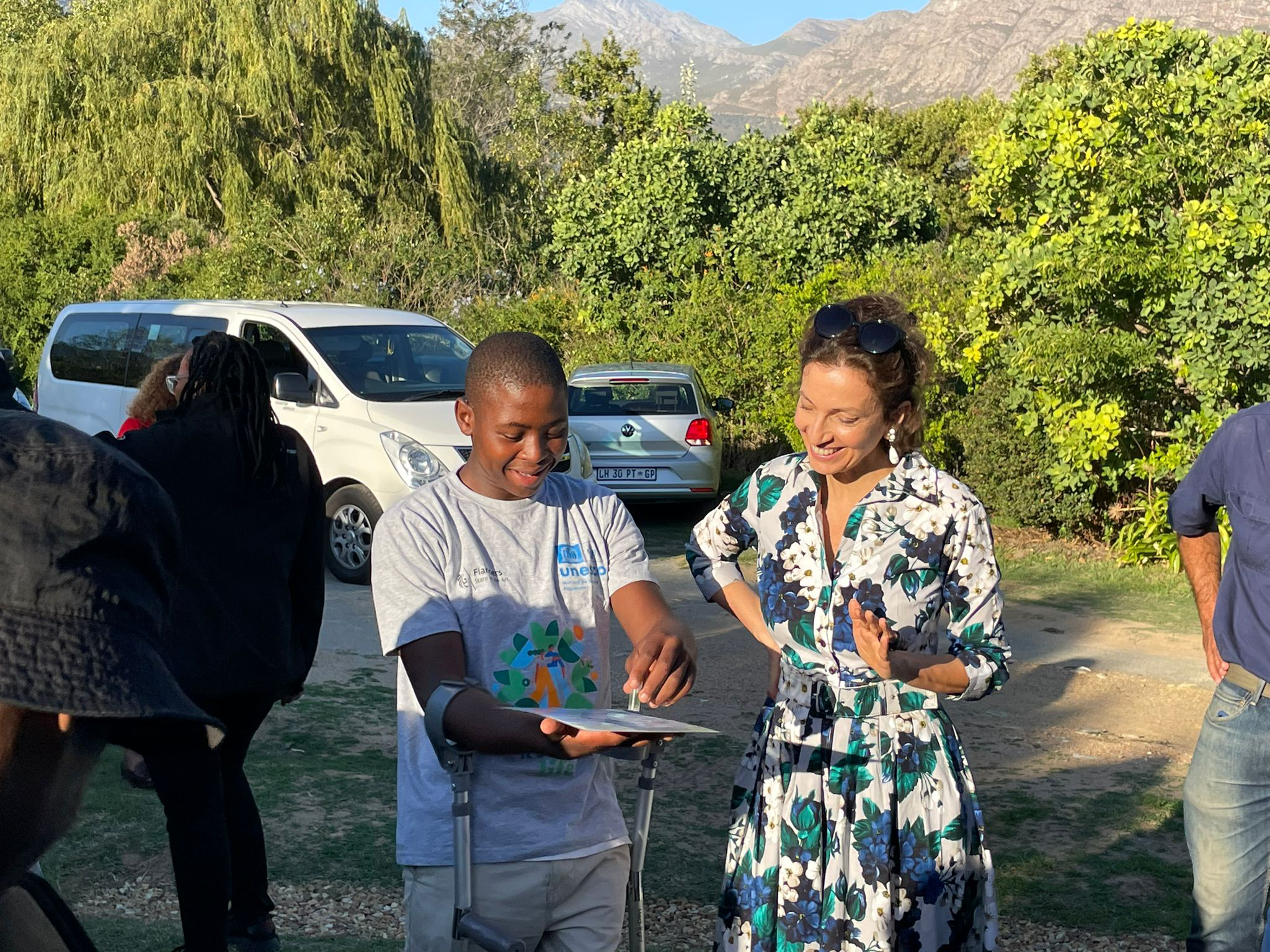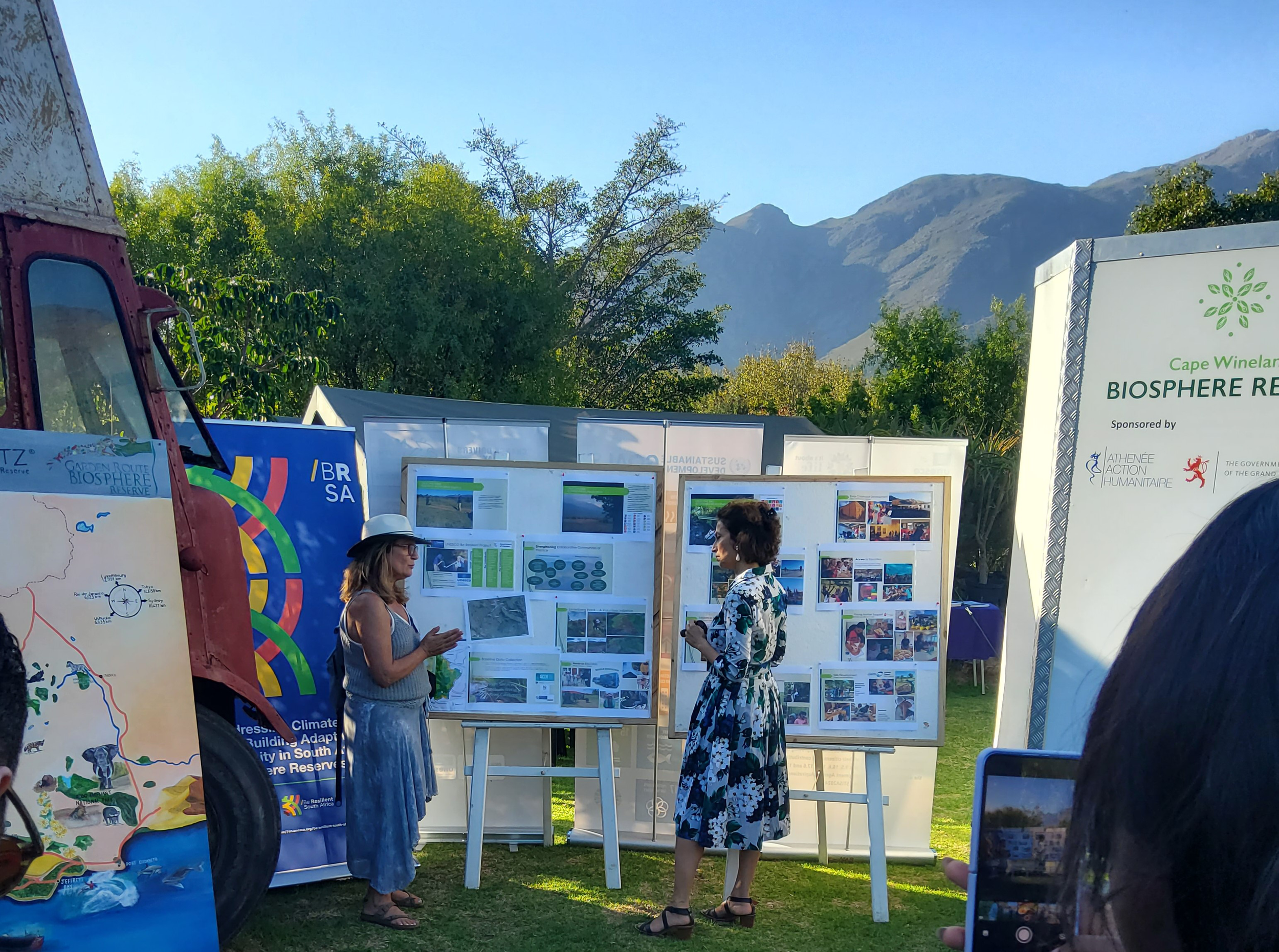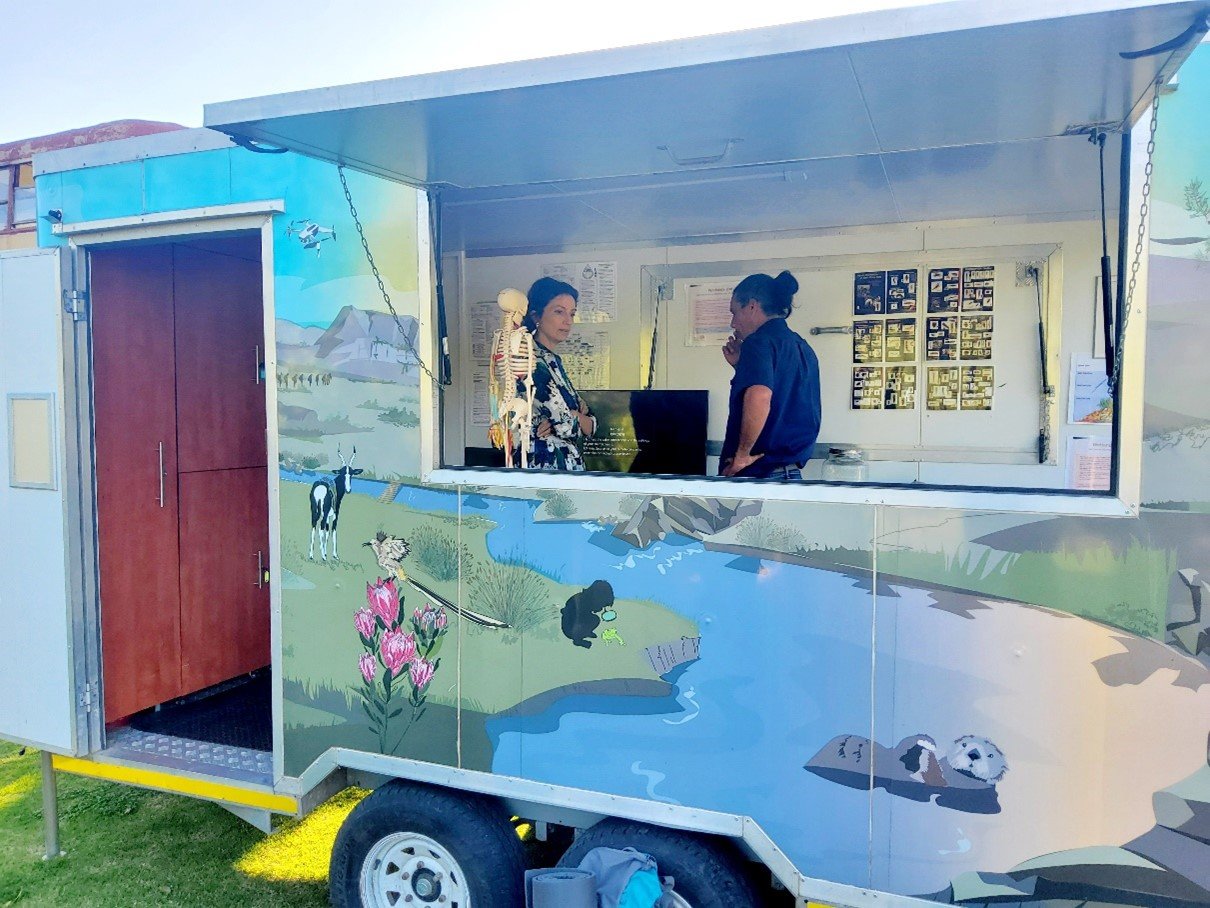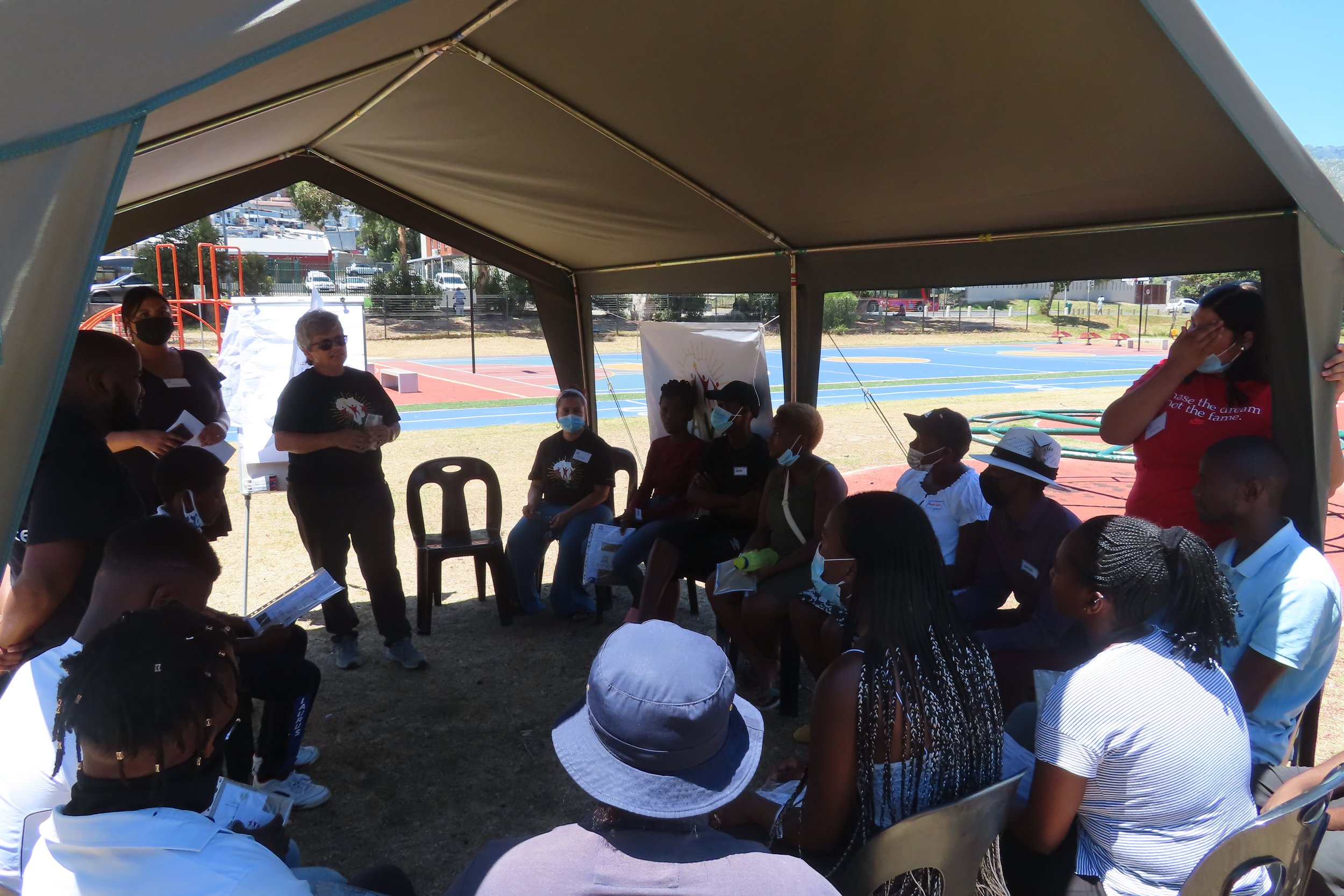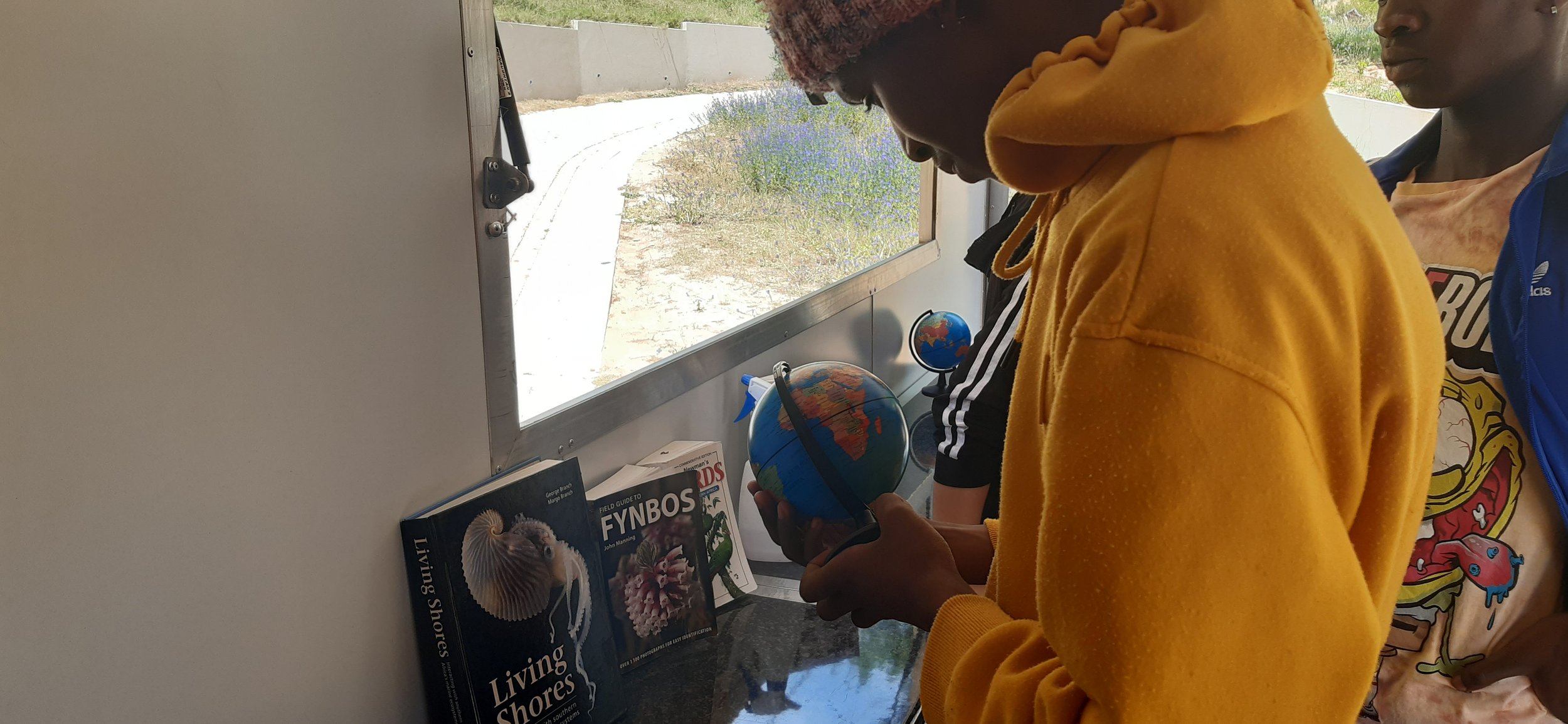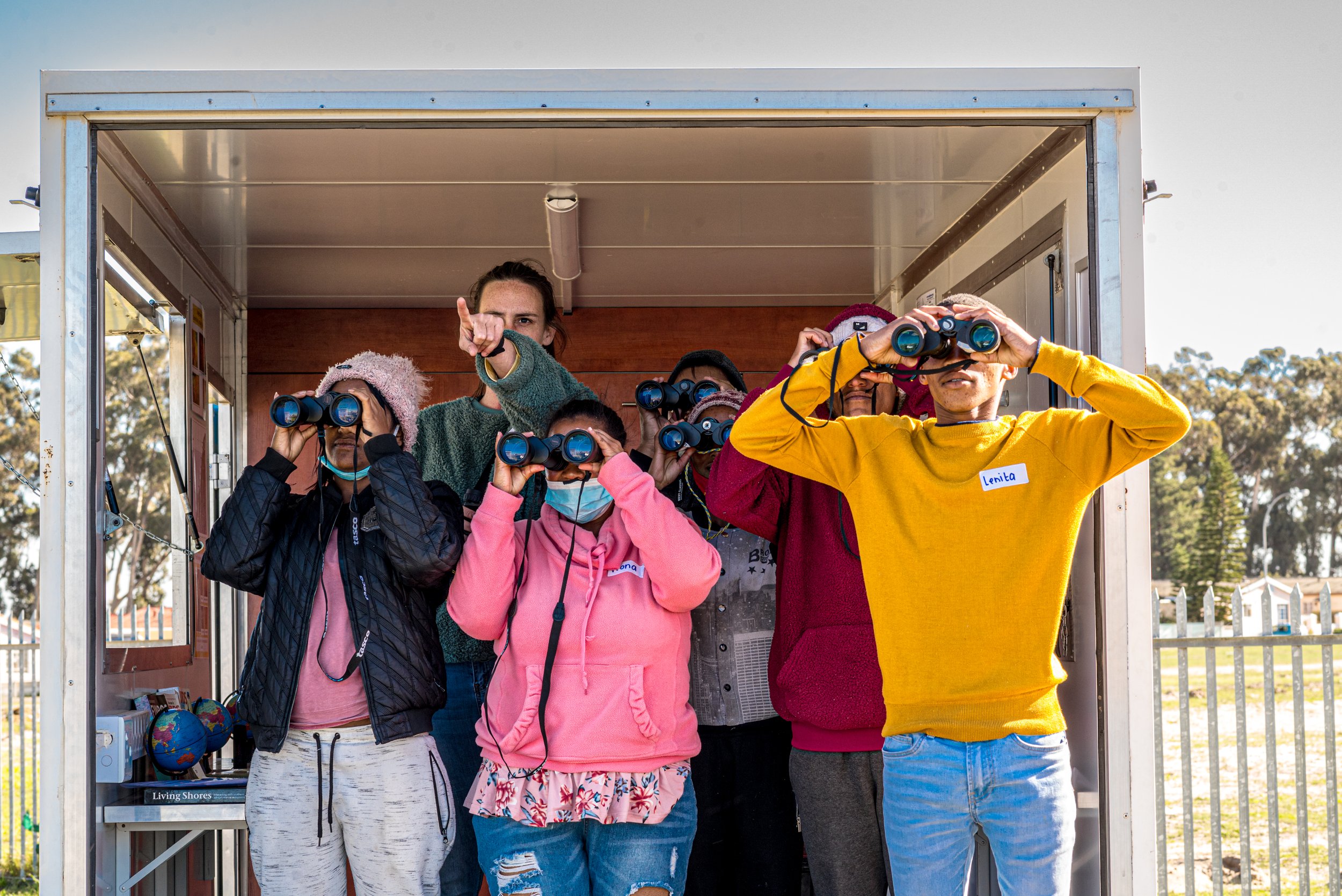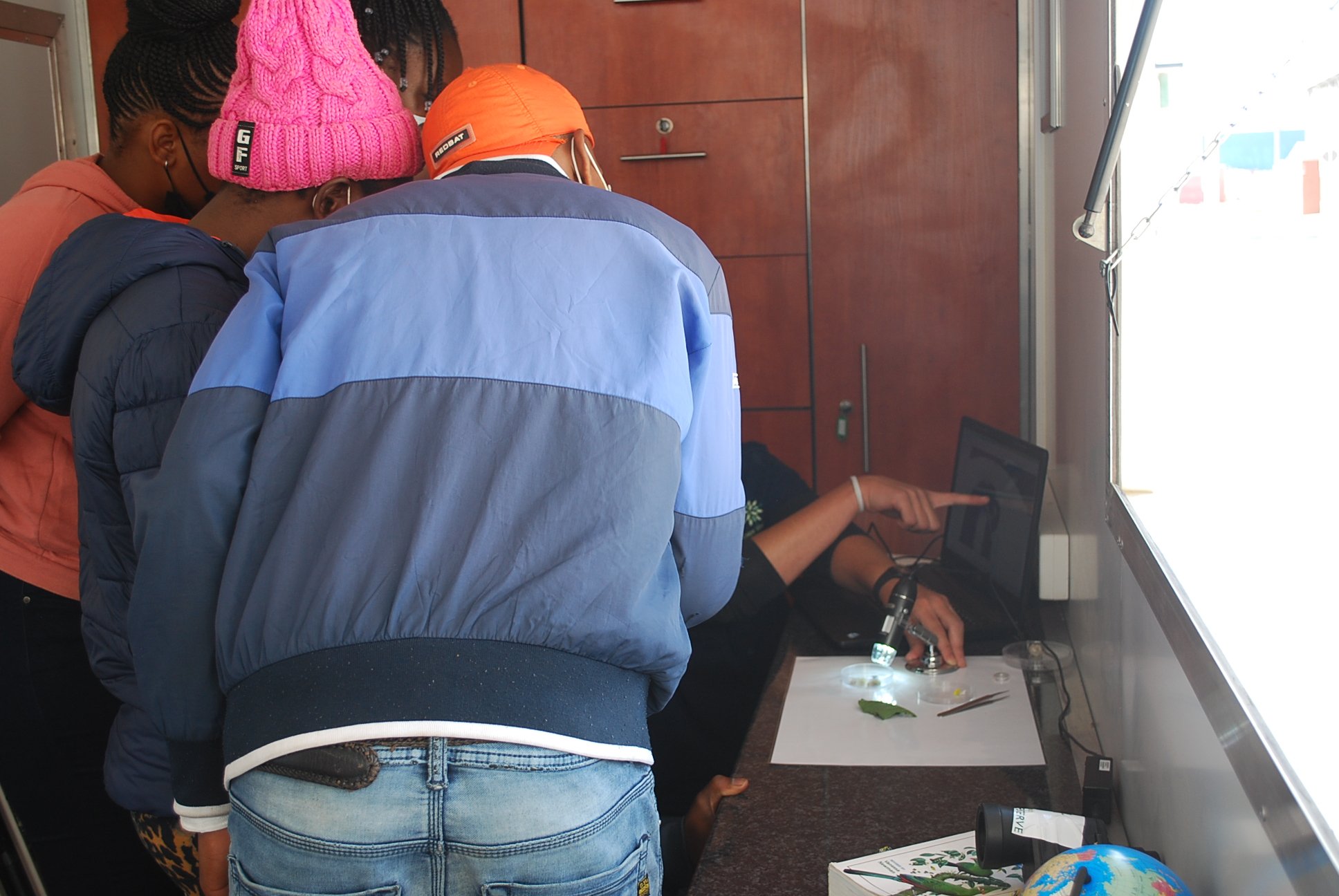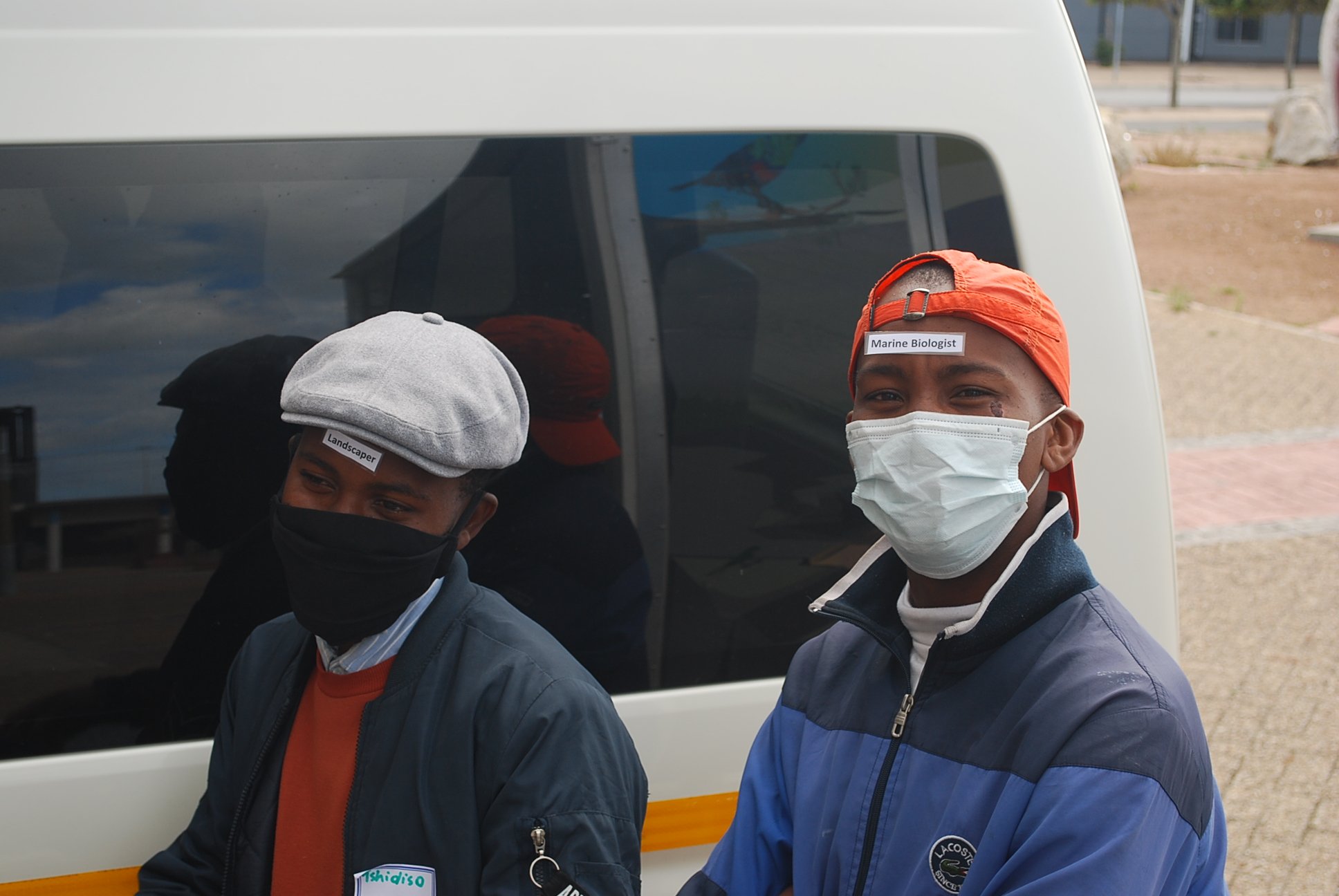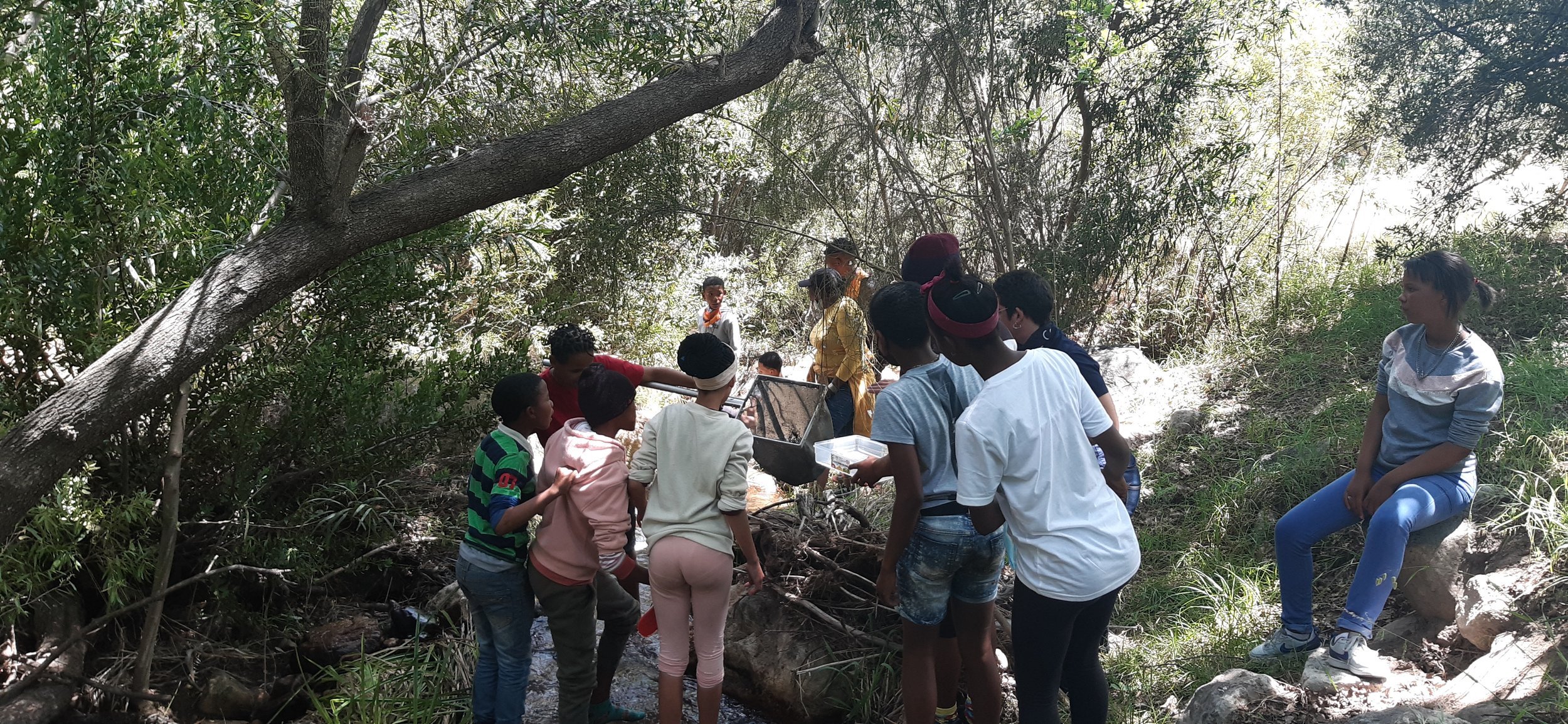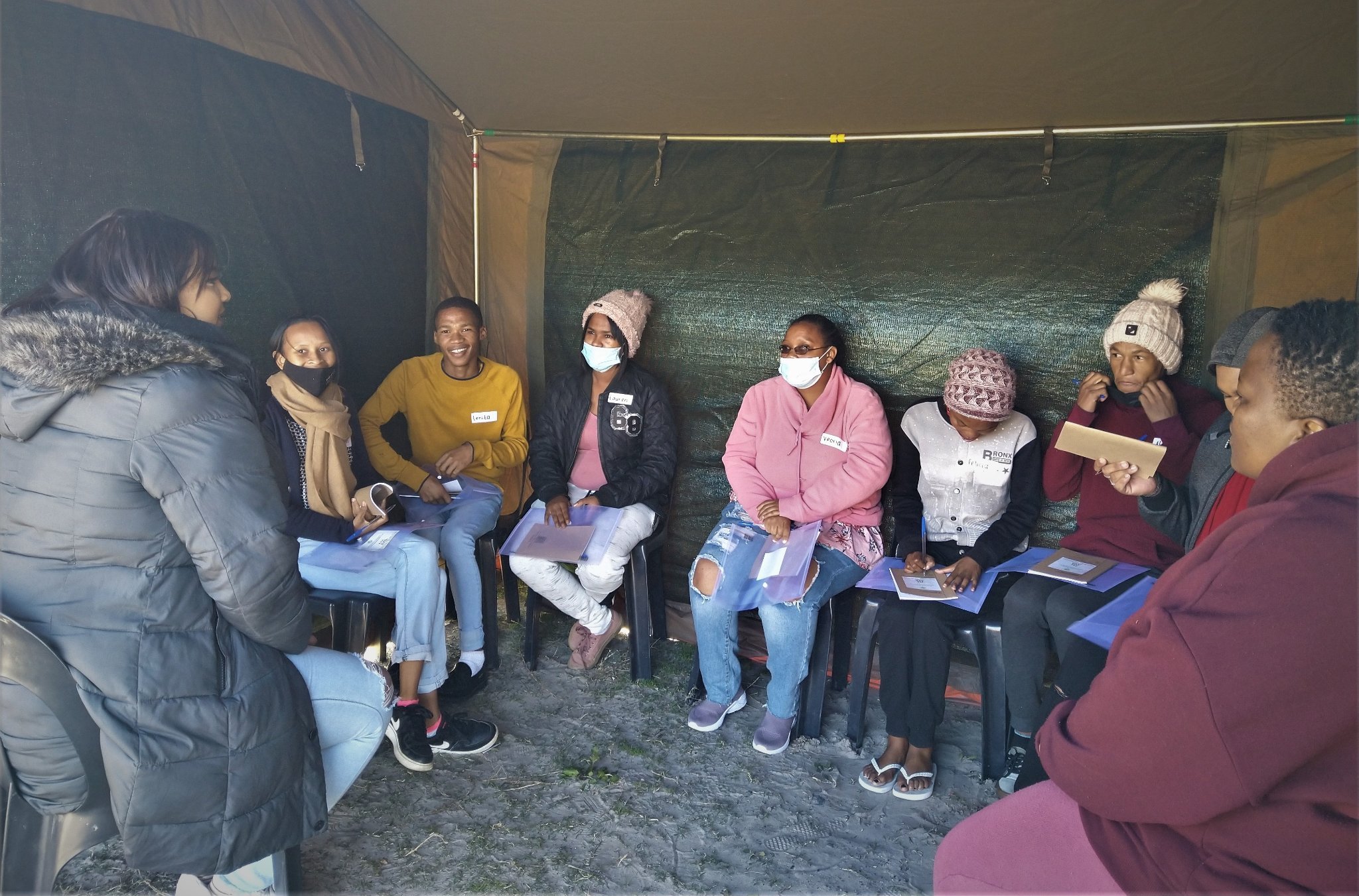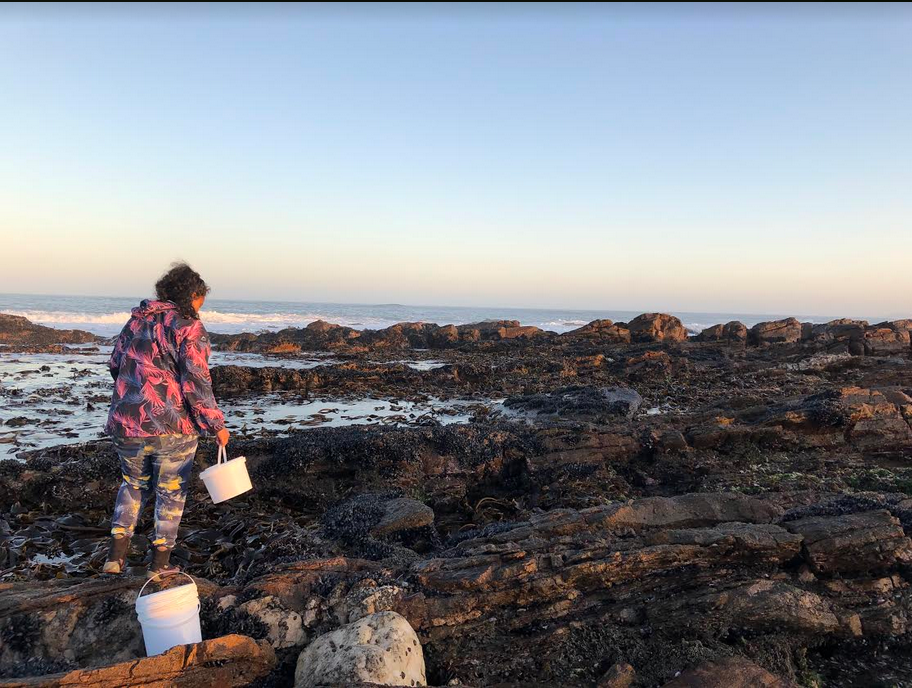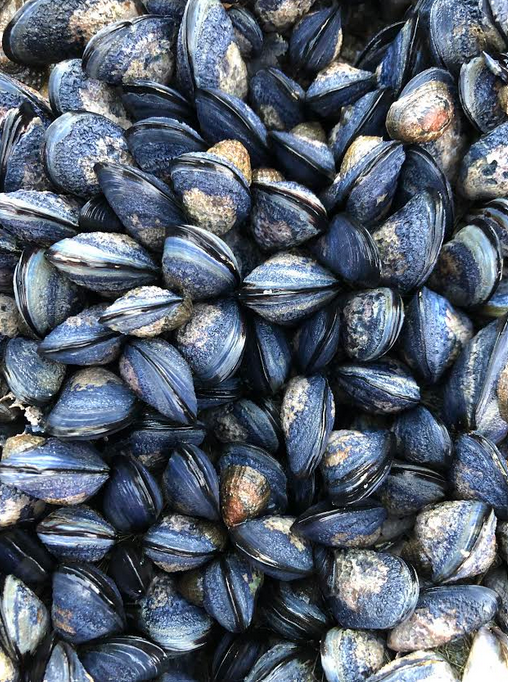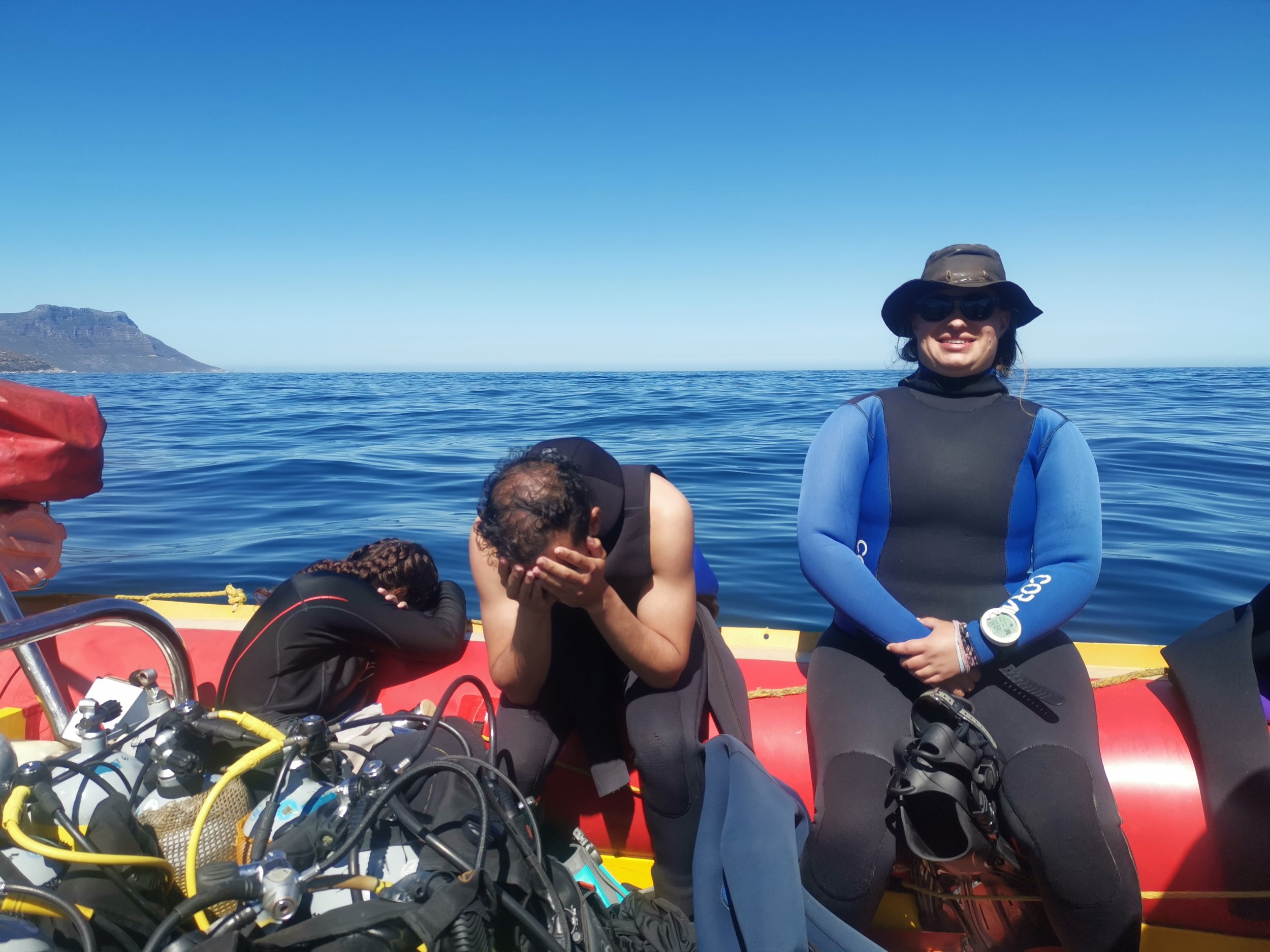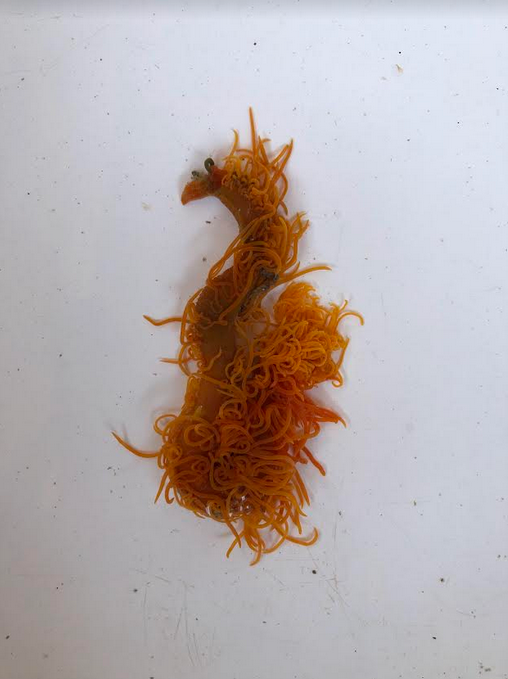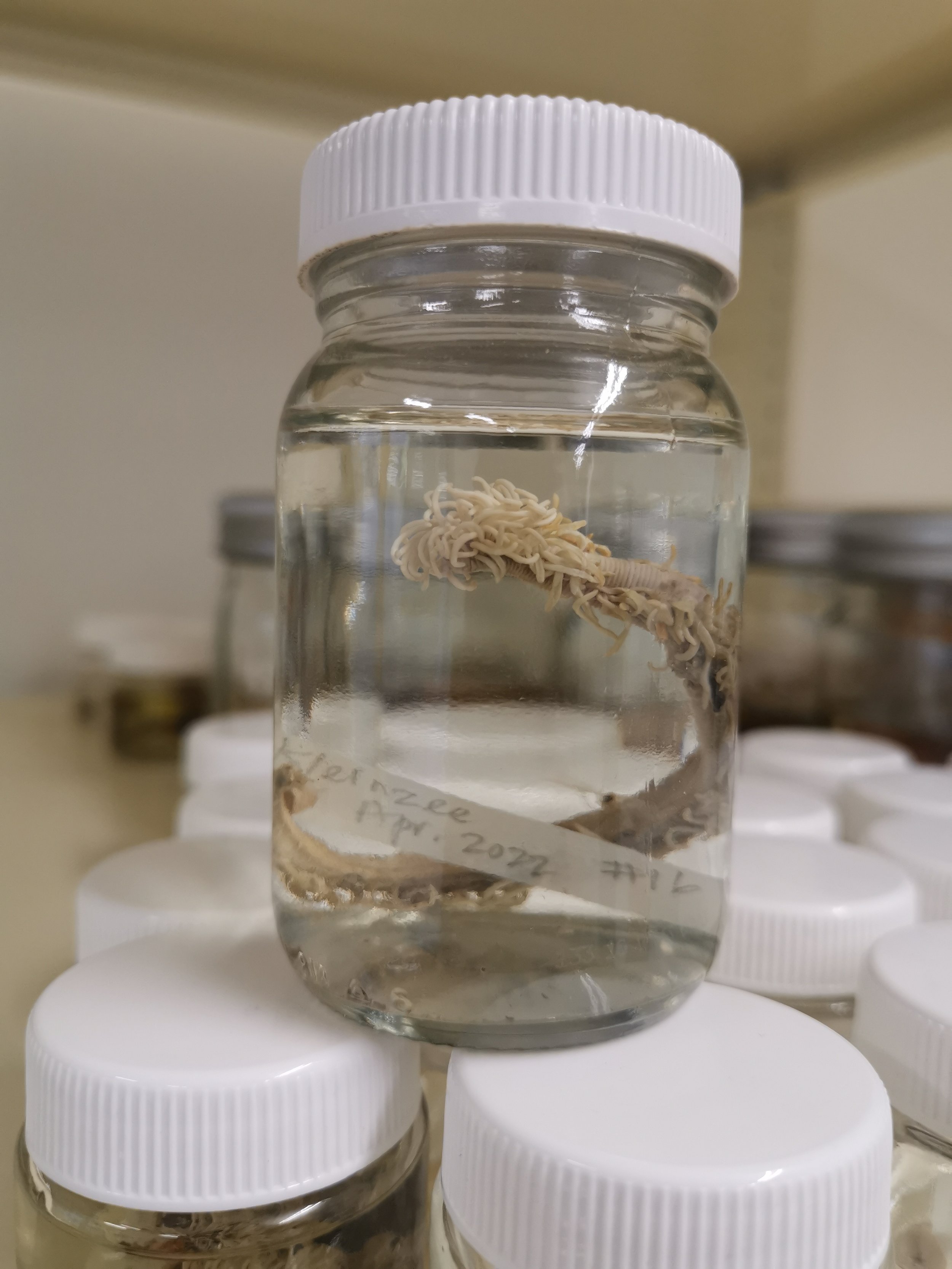While representing a wide range of contexts, biosphere reserves (BR’s) worldwide, share a common framework. As set out by the UNESCO Man and Biosphere Programme, to achieve its mission in enriching the relationship between people and their environments and contribute to the global Sustainable Development Goals. Those with shared characteristics, such as coastlines or mountains, have an opportunity for shared learning through formed BR networks.
Cape Winelands Biosphere Reserve (CWBR) is honoured to have become a member of the World Network of Mountain Biosphere Reserves. In addition to being given the opportunity to send a representative to the 2nd WNMBR meeting that took place in September 2024, hosted in Ordino Biosphere Reserve, in Andorra.
The five-day conference hosted interactive talks and working group sessions, followed by opportunities to visit areas of Ordino Biosphere Reserve. Participants represented biosphere reserves in Asia, Europe, Lebanon, South and North America.
Our CWBR facilitator shared insight on a discussion panel exploring methods of branding within biosphere reserves, and the use of the biosphere reserve logo’s name. The support of businesses, creating awareness of biosphere reserves. The intricacies, challenges, and advantages that come with it.
A hight for the CWBR team member was the Sorteny National Park. To experience the rich culture, history, and unique biodiversity. An example that stood out was the raising of cattle in the area, a practice spanning centuries, which has been integrated into the biosphere reserves conservation management systems. In addition to an excentric biodiversity walk, led by a couple enacting characters from 1906 who were smuggling tobacco, perfume, and sugar across the Pyrenees mountains in wintertime when work was sparse. The participants were led on a smugglers route, learning as they went along, about the history and the plants in the area.
Cattle ranging in Sorteny National Park
Cape Winelands Biosphere Reserve is also part of the World Network of Island and Coastal Biosphere Reserves.
The core of the CWBR, the Boland Mountain range, hosts the most increadible biodiversity in the world. The Fynbos biome, forming part of the Cape Floristic Region. In addition, the Berg Catchment is the source of seven rivers, that courses through towns, cities, and three other Western Cape biosphere reserves, eventually flowing out into the Indian and Atlantic Ocean.
To learn more about Ordino Biosphere Reserve visit: https://biosferaordino.ad/recursos
To find out more about the networks and its members, click the logo’s below.









